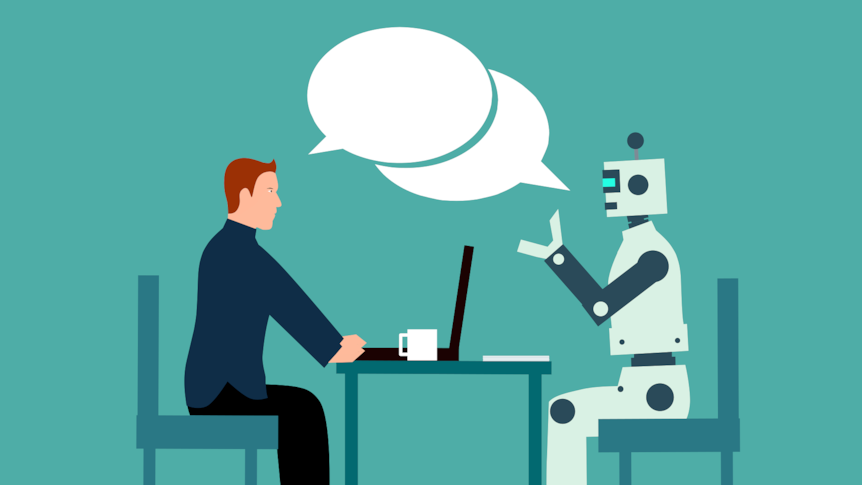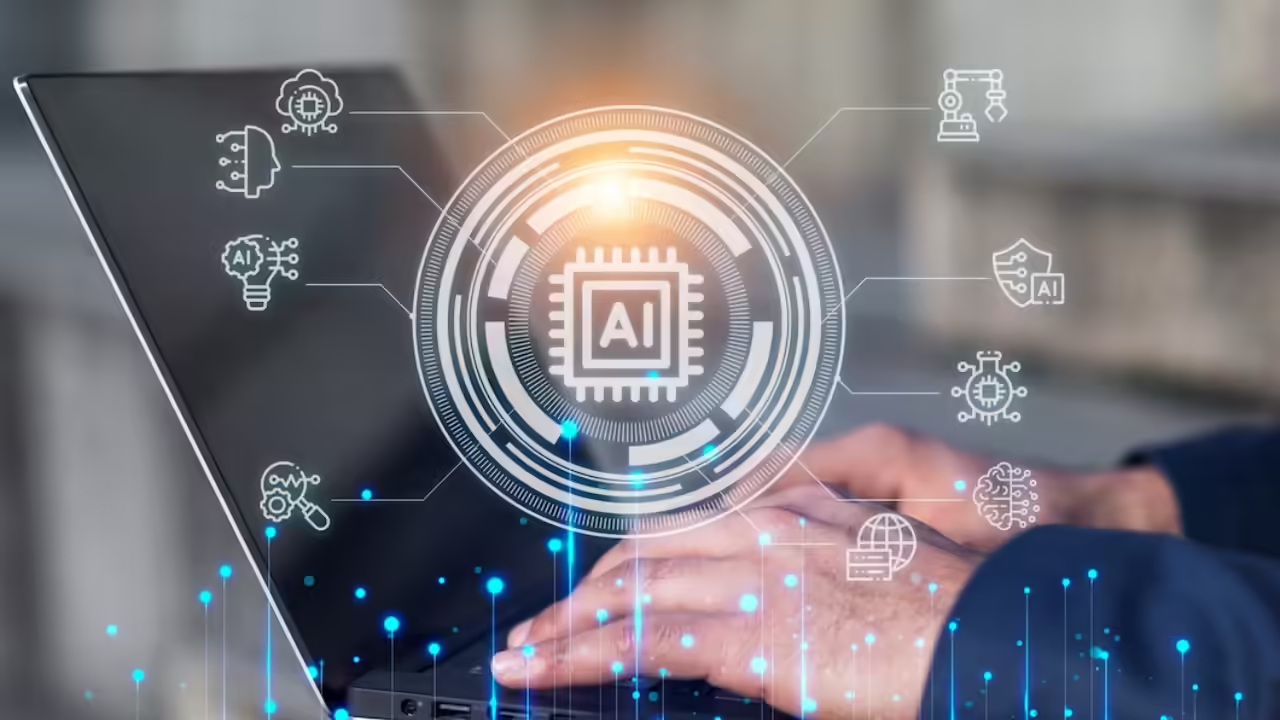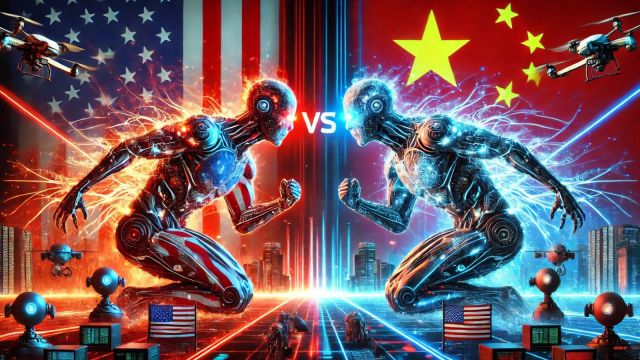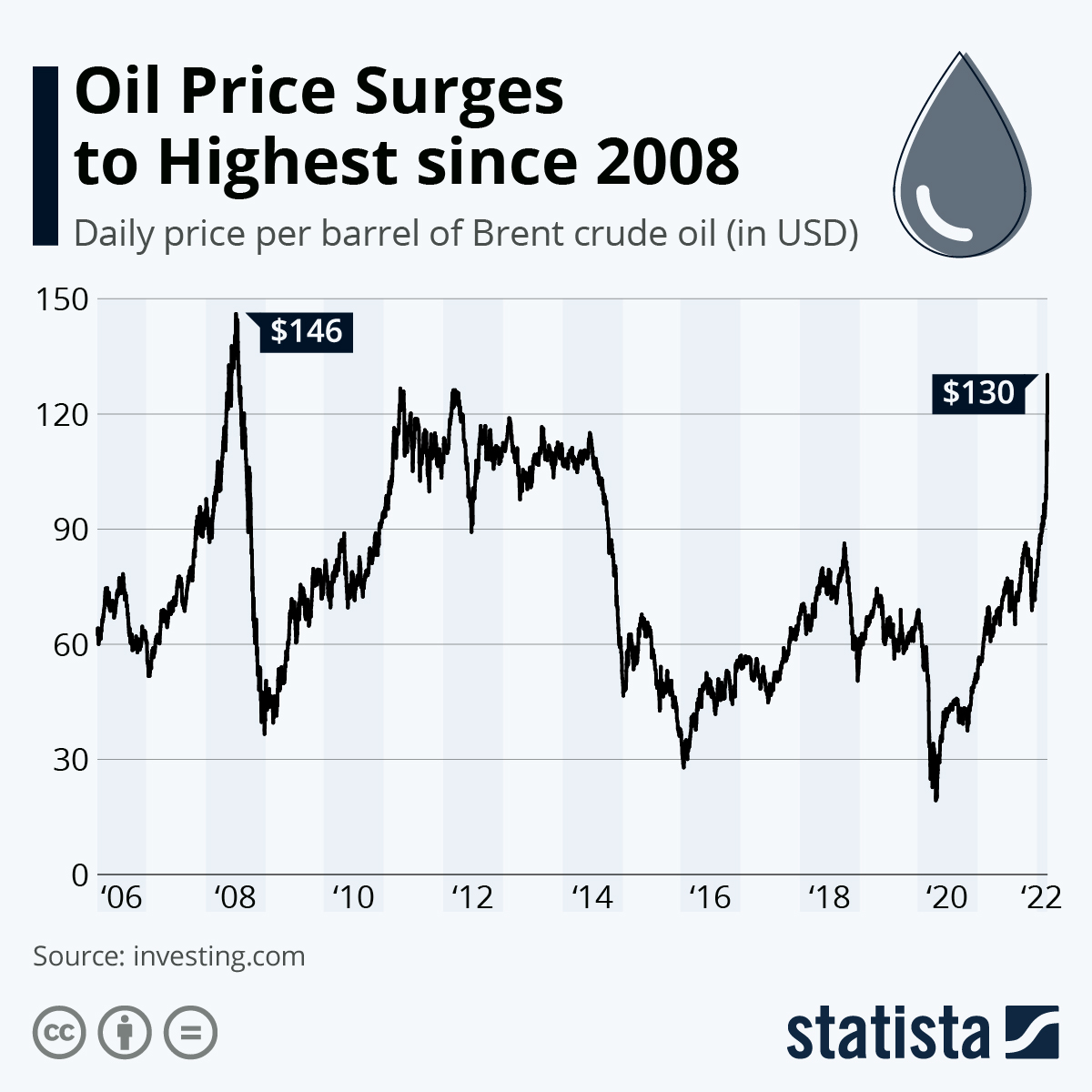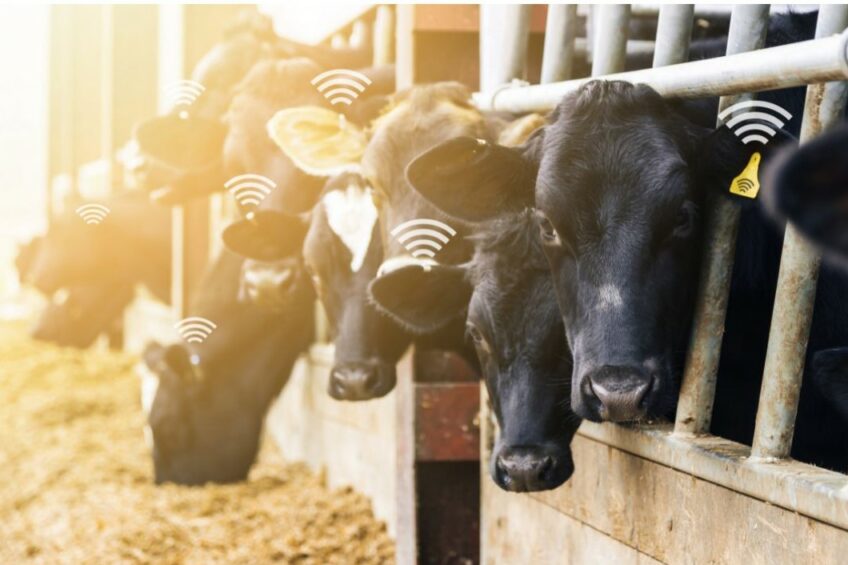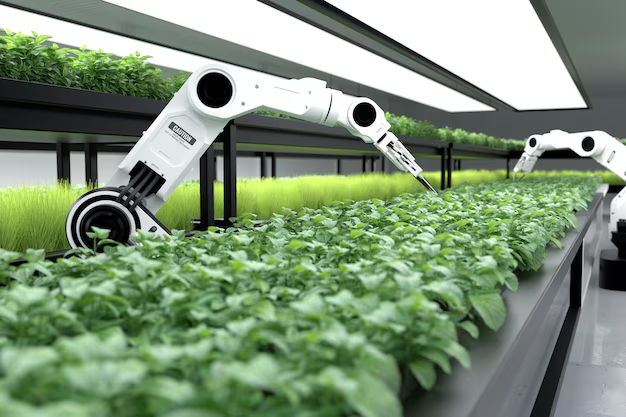The Silent Revolution: How AI Is Weaving Itself into the Fabric of Our Daily Existence
1 Introduction: The Unseen Hand of AI
In the quiet moments of our daily routines—from the gentle wake-up prompt of a smart alarm to the personalized news digest we scan over morning coffee—an unseen intelligence is at work. Artificial intelligence has ceased to be a futuristic concept or a buzzword confined to tech conferences; it has become the invisible infrastructure of modern life, as ubiquitous and essential as electricity. This transformation has been so gradual and so seamlessly integrated that we often fail to recognize its profound depth. We are living through a historic shift, a silent revolution where algorithms, machine learning models, and neural networks are fundamentally recalibrating how we work, learn, care for our health, and connect with one another. The era of AI as a specialized tool is over; we have entered the age of AI as a pervasive partner, a force that is quietly but irrevocably reshaping human existence in 2025.
The scale and speed of this adoption are unprecedented in the history of technology. According to the 2025 AI Index Report from Stanford HAI, AI's influence on society has never been more pronounced, moving rapidly from the lab to daily life with tangible impacts across every sector. Astonishingly, recent data reveals that 61% of American adults have used AI in the past six months, with nearly one in five relying on it every day. Scaled globally, this translates to between 1.7 and 1.8 billion people who have used AI tools, a adoption rate that outpaces previous transformative technologies like the personal computer and the internet. This is no longer mere experimentation; it is the widespread formation of new habits at a planetary scale, marking a tipping point where AI has become deeply embedded in the human experience.
2 The Demographics of Adoption: Beyond the Tech Elite
The common perception of AI users as predominantly young, male tech enthusiasts is a dated caricature. The reality, as revealed by comprehensive surveys, is far more nuanced and surprising. While Gen Z (ages 18-28) leads overall adoption as expected, it is actually Millennials (ages 29-44) who have emerged as the true power users, reporting more daily usage and flipping the typical "younger equals higher usage" pattern . This suggests that AI adoption is driven less by a fascination with novelty and more by the practical demands of complex life stages, where efficiency gains are most desperately needed.
Perhaps the most unexpected and revealing demographic of power users are parents. The data shows a striking correlation between parenthood and AI reliance:
- 79% of parents with children under 18 have used AI, compared to 54% of non-parents.
- 29% of parents use AI every day, nearly twice the rate of non-parents (15%).
- Usage intensifies as children grow older, with 45% of parents with teenagers using AI frequently, highlighting how the technology helps manage increasing family complexity and responsibilities.
From generating packing lists and planning scavenger hunts to helping with math homework and meal planning, parents are leveraging AI as a versatile tool to alleviate the cognitive load of modern family life. This pattern underscores a fundamental truth: consumer AI adoption is being driven by life-stage complexity more than just age or income, with people turning to AI to navigate high-friction "life moments" .
3 The Home and Personal Sphere: AI as a Domestic Partner
Within the home, AI has evolved from a simple voice-activated joke-teller to an essential manager of our domestic ecosystems. General AI assistants like ChatGPT, Google Gemini, and Anthropic's Claude have become the default tools for a staggering array of tasks, with 91% of AI users reaching for their favorite general-purpose tool first for nearly every job, from drafting emails to planning vacations. This "default tool dynamic" is powered by convenience and deeply embedded distribution; these assistants are now integrated into the keyboards, browsers, and operating systems we use every day, making them the first and most natural port of call for assistance.
The utilitarian applications are boundless. People are using AI to:
- Draft and refine personal correspondence, from heartfelt wedding speeches to formal complaints.
- Plan and optimize travel itineraries, balancing budgets, preferences, and logistics in seconds.
- Manage household inventories and generate weekly grocery lists aligned with dietary goals.
- Curate personalized entertainment, receiving book, movie, and music recommendations based on deeply analyzed preferences.
- Tackle DIY home projects, with AI generating step-by-step guides for everything from building a shelf to fixing a leaky faucet 6.
The driving force behind this explosion in home use is what analysts call the "utilitarian consumer" thesis: people adopt tools that help them do what they already need to do, but in a better, faster, and cheaper way. The pattern is consistent: routine tasks lead to small wins, which compound into significant value, cementing AI's role as an indispensable domestic partner.
4 The Transformed Workplace: AI as a Productivity Catalyst
The professional world has undergone a radical restructuring fueled by AI integration. The data is unequivocal: 78% of organizations worldwide now use AI in at least one business function, a dramatic increase from 55% just a year prior. This is not merely about automation; it is about augmentation. AI is acting as a force multiplier for human intellect and creativity, taking over repetitive tasks like data entry, synthesis, and initial drafting, thereby freeing human workers to focus on high-level strategy, creative thinking, and complex problem-solving.
The economic impact is colossal. AI is projected to contribute a staggering $15.7 trillion to the global economy by 2030 2. This growth is fueled by immense productivity gains; McKinsey & Company estimates the long-term AI opportunity at $4.4 trillion in added productivity growth potential from corporate use cases alone . AI is now capable of reasoning through multistep problems, summarizing vast volumes of data into actionable insights, and even acting autonomously as "agentic AI" that can complete complex workflows—from processing payments and checking for fraud to orchestrating entire marketing campaigns without constant human oversight.
5 Revolutionizing Healthcare: From Diagnosis to Treatment
The healthcare sector is experiencing a paradigm shift powered by AI, moving from reactive care to proactive and personalized medicine. The U.S. Food and Drug Administration approved 223 AI-enabled medical devices in 2023, a monumental leap from just six in 2015, signaling rapid institutional acceptance of the technology's value. AI's ability to analyze medical images—X-rays, MRIs, CT scans—with superhuman speed and accuracy is helping doctors diagnose diseases like cancer earlier and with greater confidence, significantly improving patient outcomes.
Beyond diagnostics, AI is streamlining the entire healthcare journey. Virtual nursing assistants monitor patients remotely, while AI-driven platforms streamline drug discovery by predicting how compounds will interact, potentially cutting years off the development timeline for new medications. Public optimism is high, with a June 2023 survey revealing that 80% of Americans believe AI has the potential to improve healthcare quality, reduce costs, and increase accessibility. This sentiment is fueling investment and innovation, paving the way for a future where AI-powered personalized medicine is the standard, not the exception.
6 Smarter Education: The Personalized Learning Assistant
Education is being transformed from a one-size-fits-all model to a tailored experience that adapts to each student's unique learning style and pace. AI's integration into education is significant, with approximately 43% of higher education students utilizing AI-powered tools to enhance their learning experiences through personalized study recommendations and efficient grading systems 8. In the United States, the adoption of tools like ChatGPT among students has notably increased, with 26% of teens using it for schoolwork in 2024, doubling from 13% just a year before in 2023.
Students are leveraging these tools for researching new topics, understanding complex concepts, and receiving assistance with writing and problem-solving. Furthermore, AI is aiding educators by digitizing textbooks, detecting plagiarism, and even using facial recognition to gauge student engagement and emotional states, allowing teachers to identify who might be struggling or disengaged. This enables timely intervention and support, creating a more responsive and effective educational environment that benefits both teachers and students.
7 Everyday Convenience: The AI You Overlook
The most profound evidence of AI's success is its ability to fade into the background of our daily routines. We often engage with AI without a second thought, a testament to its seamless integration:
- Transportation: Navigation apps like Google Maps and Waze use AI to analyze real-time traffic data and instantly reroute us around congestion. Meanwhile, self-driving cars are transitioning from experiment to reality. Waymo, one of the largest U.S. operators, provides over 150,000 autonomous rides each week, while Baidu’s affordable Apollo Go robotaxi fleet serves numerous Chinese cities.
- Entertainment: The curated content on your Netflix homepage, the discover weekly playlist on Spotify, and the endlessly scrolling TikTok feed are all powered by sophisticated AI recommendation engines that learn your preferences to keep you engaged.
- Smart Home Devices: Thermostats like Nest learn your schedule to optimize heating and cooling for comfort and efficiency, while smart refrigerators can track inventory and suggest recipes based on what's inside.
This "ambient AI" works constantly to smooth out the friction of daily life, saving us time, money, and mental energy. It is the quiet, efficient, and ever-present assistant that has become indispensable to the modern human experience.
8 The Economic and Global Landscape: Investment and Leadership
The AI revolution is being fueled by unprecedented financial investment, creating a fiercely competitive global landscape. U.S. private investment in AI grew to a colossal $109.1 billion in 2024—nearly 12 times China's $9.3 billion and 24 times the U.K.'s $4.5 billion. Generative AI has been a particularly hot sector, attracting $33.9 billion globally in private investment, an 18.7% increase from 2023. This investment surge reflects a broad consensus on AI's transformative potential and its critical role in securing future economic competitiveness.
This investment has created a highly concentrated market. General AI assistants capture 81% of today's estimated $12 billion consumer AI spend, with OpenAI's first-mover advantage making ChatGPT the dominant player, accounting for about 70% of total consumer spend 6. In terms of producing cutting-edge models, the United States still leads, with U.S.-based institutions producing 40 notable AI models in 2024, significantly outpacing China's 15 and Europe's three. However, Chinese models are rapidly closing the performance gap, with differences on major benchmarks shrinking from double digits in 2023 to near parity in 2024 1. This sets the stage for an ongoing technological and economic rivalry that will define the coming decade.
9 Challenges and Ethical Considerations: Navigating the Risks
For all its benefits, the rapid ascent of AI brings forth a host of complex challenges and ethical dilemmas that society is only beginning to grapple with. Job disruption remains a primary concern. It is estimated that between 2023 and 2028, 44% of workers’ skills will be disrupted 4. The impact is unequal; repetitive jobs are most susceptible to automation, while demand for AI-related roles like machine learning specialists is soaring. This shift necessitates massive upskilling and reskilling initiatives at both individual and organizational levels to ensure a just transition for the workforce .
Other critical concerns include:
- Data Privacy: The immense data hunger of AI models has led to intense scrutiny over how companies collect and use personal information, prompting investigations and calls for stricter regulations.
- Bias and Fairness: AI systems can reflect and amplify the biases present in their training data, leading to discriminatory outcomes, as seen in some facial recognition technologies that perform worse on people with darker skin tones.
- Misinformation: The ability of generative AI to create highly realistic "deepfakes" threatens to blur the lines between fiction and reality, posing severe risks for political propaganda, financial fraud, and social trust.
- Regulation: Governments worldwide are scrambling to respond. In 2024 alone, U.S. federal agencies introduced 59 AI-related regulations—more than double the number in 2023—as global cooperation on AI governance intensifies.
10 The Future: What Lies Ahead for AI Integration
As we look beyond 2025, the trajectory of AI points toward even deeper and more sophisticated integration into the human experience. Several key trends are poised to define the next chapter:
- Multimodality: AI models are evolving beyond text to seamlessly process and generate images, audio, and video. OpenAI's demonstrations of Sora show an ability to translate text to high-quality video, while Google's Gemini Live delivers human-like conversations with emotional nuance.
- Advanced Reasoning: The next leap is enhancing AI's capacity for complex, multi-step reasoning and genuine problem-solving, moving it from an information retrieval engine to a true thought partner for scientific discovery and strategic planning.
- The Compressed Century: Anthropic CEO Dario Amodei hypothesizes that AI could accelerate research in fields like biology by as much as tenfold, potentially condensing 50-100 years of innovation into just 5-10 years—a phenomenon he terms "the compressed 21st century".
- The Skills Imperative: As AI handles more routine tasks, uniquely human skills like critical thinking, creativity, emotional intelligence, and ethical reasoning will become increasingly valuable, potentially redefining the purpose and nature of education and work.
11 Conclusion: Living in Symbiosis with Intelligence
The story of AI in 2025 is not one of replacement, but of symbiosis. It is the story of a technology that has become deeply woven into the fabric of our daily existence, augmenting our capabilities, simplifying our chores, and expanding our potential. From the millennial parent using AI to plan a child's birthday party to the radiologist leveraging it to spot a early-stage tumor, the technology is proving its value across the entire spectrum of human activity. It is a tool of immense power, driving economic growth and scientific discovery, yet also a source of complex challenges that demand thoughtful regulation and ethical vigilance.
As this silent revolution continues, the most critical skill may be discernment—the ability to leverage AI's incredible power while safeguarding our privacy, autonomy, and humanity. The future will not be defined by AI itself, but by how we choose to use it. The goal is not to build a world that runs on artificial intelligence, but to build a world where artificial intelligence helps humans live more creative, fulfilling, and human lives. The revolution is here, and it is inviting us all to participate in shaping its next, most consequential chapter.

